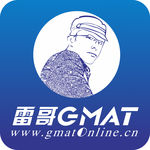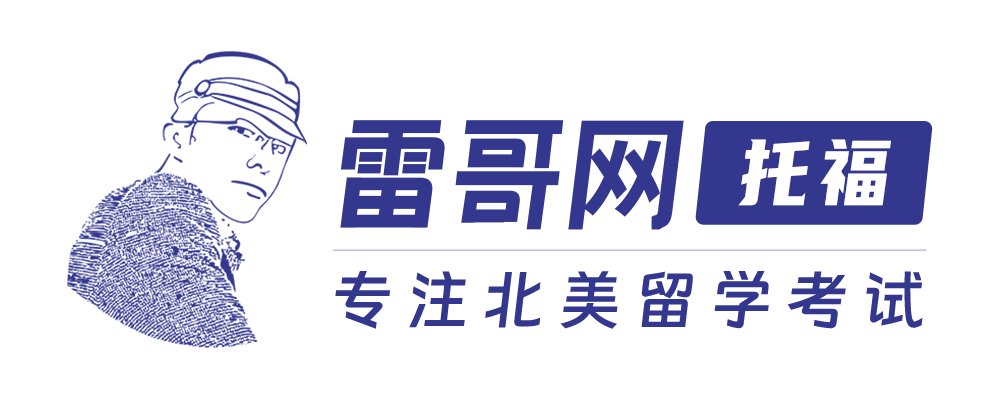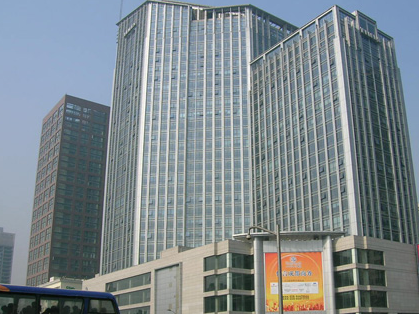Listen to part of a lecture in an archaeology class.
So if I ask you what most archaeologists do with all those pieces of broken pottery they find at the excavation sites,
you'd probably say that they help establish the time period of the site.
Pretty obvious.Huh?
Pottery helps us order things in time to assign relative dates.
Basically,when we date pottery,we look at its frequency at a given site.
As you can probably surmise,styles of pottery vary over time,in terms of how they're made,
what they're made of and what they were used for.
So as archaeologists,we built up a picture,
a sequence of how pottery changed over time as well as how its popularity varied over time which we can tell by the frequency of a style at a site,
how many occurrences we find at a given site.
But pottery can provide evidence about a lot of things,not just dating evidence,not just evidence of the time period that pottery was created.
So there is also another type of evidence that we call distributional evidence.
OK,pottery is evidence of distribution.
It,pottery,provides evidence that trade took place.
Pots were traded for themselves or given as gifts,
but even more often they changed hands cause they were used as containers for food or wine.
To fully understand how pottery's used as distributional evidence,
we have to know its origin,where it was made.
So how do we figure this out?
Well,by studying what the pottery's made of you look at the material that...that a pot's made of to know where it was made and its distribution.
OK.A third kind of evidence is evidence of function,
the function of the site where the pottery was found and sometimes about the lives of the people who lived there.
Now this evidence is a bit tougher to interpret than the other two.
And there are several reasons for this.
First of all,pottery is usually not found in primary contexts,that is,it's often not found in the place where it was used.
Think about you average town dump,you know the place where everyone's unwanted stuff ends up,
can you imagine archaeologists a thousand years from now digging up a town dump and then using the items found there to get meaningful information about how the objects found there were used?
Probably not.
A second reason why function is harder to identify is that not all objects found in one spot can be assumed to have identical functions even if they look similar.
If you come across a collection of pots at a site,
you need to work at the level of the group rather than the individual pots because you can't assume that they all have the same function just because they were found in the same place.
So this is where pottery's form comes into play.
The form of a pot can give us same ideas about its function,the suitability of the pattery to serve a specific function.
However,we have to be careful when it comes to skeuomorphs.
These objects are copies of the designs of other objects,but in another material.
And this can be problematic,because sometimes the new or different material is not well suited to the design.

















 分享成功
分享成功

















草莓小菇凉:说的非常好,十分有道理,棒棒棒!
06-08 15:44:55